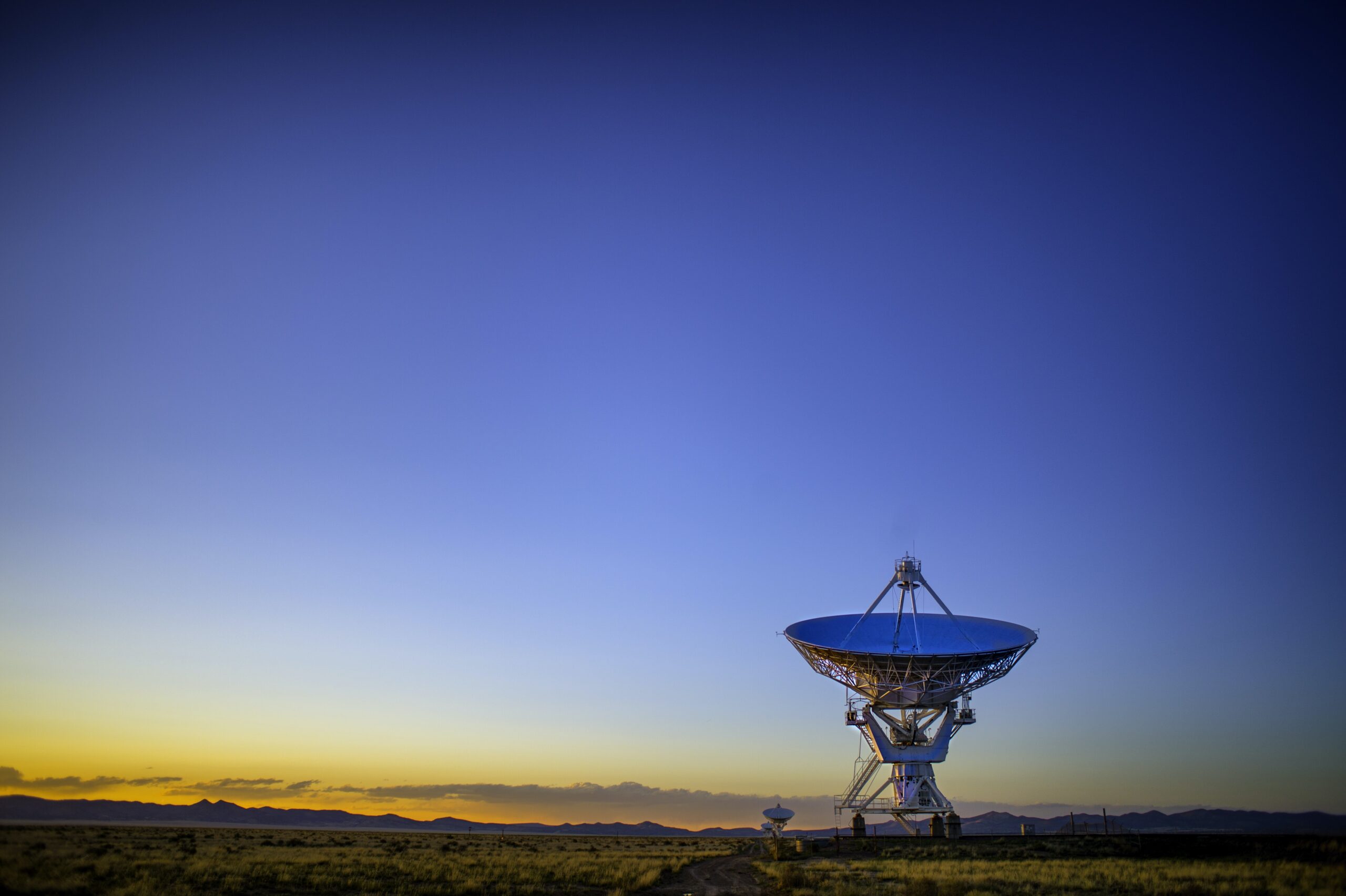SpaceX has successfully test-fired a Raptor engine, simulating a lunar landing for NASA’s Artemis III mission. The Raptor engine, which will be used for the lunar lander, demonstrated an important capability of starting under extreme cold conditions, mimicking the frigid temperatures of space after an extended period. This test is crucial as the landers for Artemis missions may sit in space without firing for a long time, causing the hardware temperature to drop significantly. SpaceX’s contract with NASA for the development of a human landing system (HLS) for Artemis 3 further solidifies their role in future lunar missions.
Read more about the Job you will love
Background
In the Artemis III mission, NASA plans to use a modified SpaceX Starship as the lunar lander for astronauts returning to the surface of the Moon. Last week, NASA announced that SpaceX had successfully demonstrated an important capability of the vacuum-optimized Raptor engine, which will be used for the lander. Specifically, they tested an extreme cold start, confirming that the engine can be started in the frigid conditions of space after spending an extended period of time in space. The Raptor vacuum engine was chilled to mimic these conditions and was successfully fired, showcasing its reliability even in the harshest environments.
SpaceX Starship as Lunar Lander
NASA’s Plan
NASA’s plan for the Artemis missions involves using a modified version of SpaceX’s Starship as the lunar lander. This plan includes long periods of the lander sitting in space without firing, causing the hardware to experience extremely cold temperatures. The recent successful test firing of the Raptor engine in extreme cold conditions is a major milestone in the development of the lunar lander.
Extreme Cold Start
The extreme cold start test demonstrated the capability of the Raptor engine to start in the frigid conditions of space, even after an extended period of time. This is crucial for the Artemis missions as the lander may sit in space without firing for a significant amount of time, causing the temperature of the hardware to drop to levels even lower than a shorter low Earth orbit mission.
Successful Test Firing
SpaceX released a video showing the test firing of the Raptor engine on X (formerly Twitter), confirming the success of the extreme cold start test. This milestone is an important step towards the development of the lunar lander for the Artemis missions.
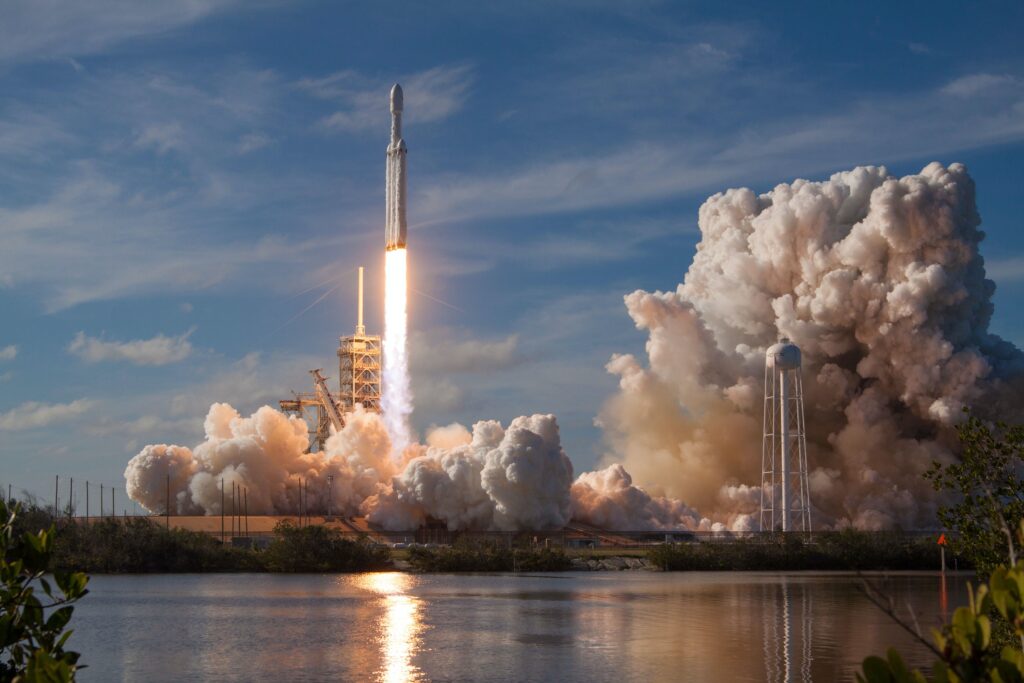
Read more about the Job you will love
SpaceX’s Contracts with NASA
SpaceX has signed two contracts with NASA for the development of the human landing system (HLS) for the Artemis program. The first contract is worth $2.89 billion and is for the development of the lunar lander for Artemis III, currently scheduled to land astronauts on the Moon in 2025. The second contract, worth $1.15 billion, is for Artemis IV, which is tentatively planned for 2028. These contracts demonstrate NASA’s trust in SpaceX’s capabilities and their partnership in achieving the goals of the Artemis program.
Artemis Program and Mission Delays
Artemis II is the second scheduled mission of NASA’s Artemis program and the first scheduled crewed mission of NASA’s Orion spacecraft. It is currently planned to be launched by the Space Launch System (SLS) in November 2024. However, there are indications that this flight may be delayed. Delays in the Artemis program can impact the timeline for SpaceX’s development of the lunar lander and its integration into the mission.
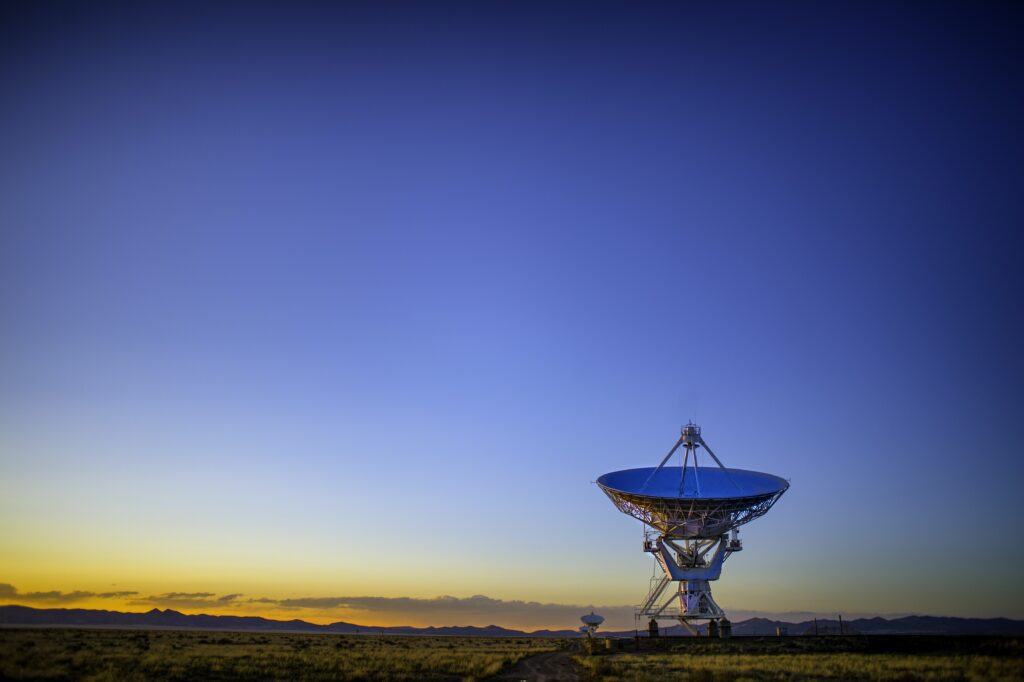
The Starship HLS
The Starship HLS, powered by two variants of SpaceX’s Raptor engines, will be used for landing crew members near the lunar South Pole in the Artemis III mission. It will also serve future missions by delivering supplies, equipment, and science payloads needed for extensive surface exploration. The Raptor engines have already been tested in previous descent tests, where they demonstrated the ability to fire continuously for the approximate amount of time required for a descent burn to the lunar surface. This successful test provided NASA with early confidence in SpaceX’s engine development.
Testing Critical Technologies
Testing critical technologies and hardware under simulated and actual flight conditions is essential for the success of any space mission. SpaceX’s recent launch of Starship and the Super Heavy booster, the most powerful rocket to ever launch, encountered anomalies after liftoff. Multiple first-stage engines were lost, and the second stage failed to separate from the first stage, leading to the activation of the vehicle’s flight termination system. These challenges highlight the importance of rigorous testing to identify and address issues before they occur during actual mission operations.
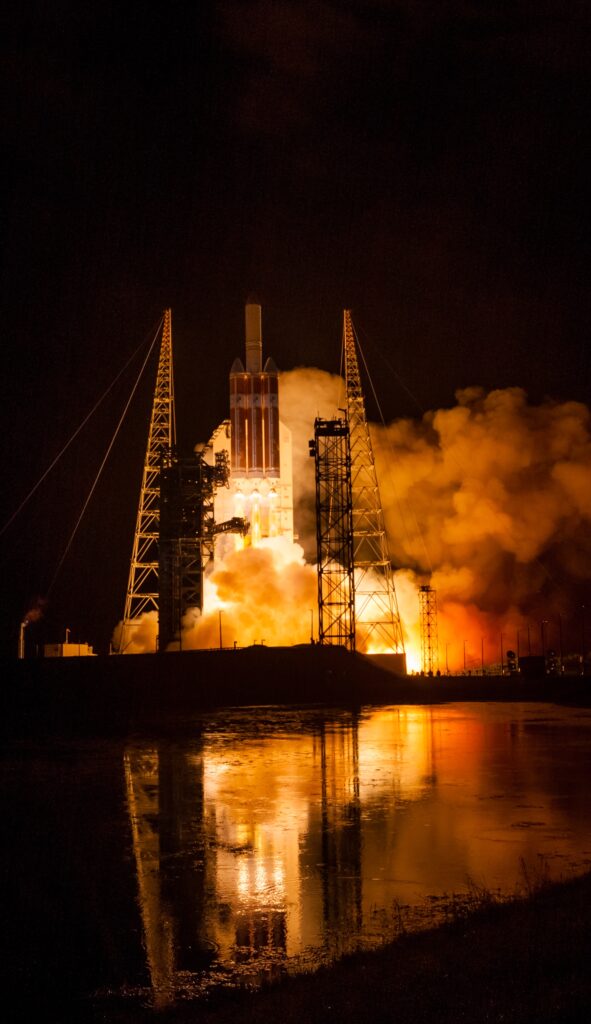
Anomalies in Previous Test
During the integrated launch of Starship and Super Heavy, SpaceX experienced several anomalies, including the loss of multiple first-stage engines and the failure of the second stage to separate from the first stage. The flight termination system was activated to ensure safety. These anomalies indicate the complexity and challenges involved in spaceflight, emphasizing the need for thorough testing and continuous improvement.
Upcoming Test of Raptor Engines
The schedule for SpaceX’s second integrated flight test of Starship and Super Heavy, where the Raptor engines will be put to the test, is currently unknown. This test will be crucial for demonstrating the reliability and performance of the engines and will provide valuable data for further development and refinement of the lunar lander for the Artemis missions.
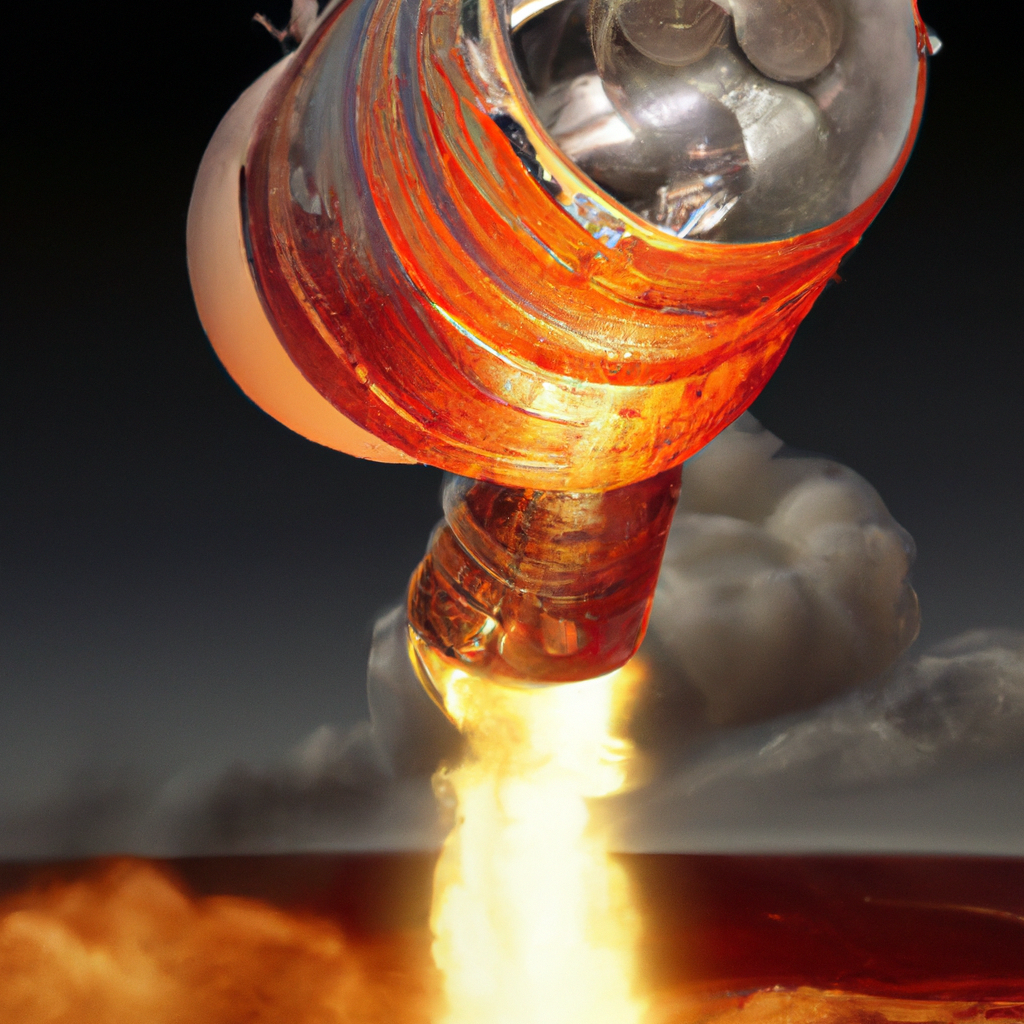
Keeping Up with Artemis News
To stay updated on the latest news and developments in the Artemis program, NASA provides a dedicated Artemis blog. This blog is a valuable resource for anyone interested in the progress of the program and the future of human exploration of the Moon.
Conclusion
SpaceX’s successful test firing of the Raptor engine in extreme cold start conditions is a significant milestone in the development of the lunar lander for the Artemis missions. Their contracts with NASA and their partnership in the Artemis program demonstrate the trust placed in SpaceX’s capabilities. However, delays in the Artemis program may impact the timeline for the development and integration of the lunar lander. Thorough testing of critical technologies, such as the Raptor engines, is necessary to address challenges and ensure the success of future missions. Staying informed through the NASA Artemis blog is important for keeping up with the latest news and progress in the Artemis program. Overall, the integration of SpaceX’s Starship HLS into the Artemis missions represents a significant step towards the return of astronauts to the Moon and the exploration of its surface.

